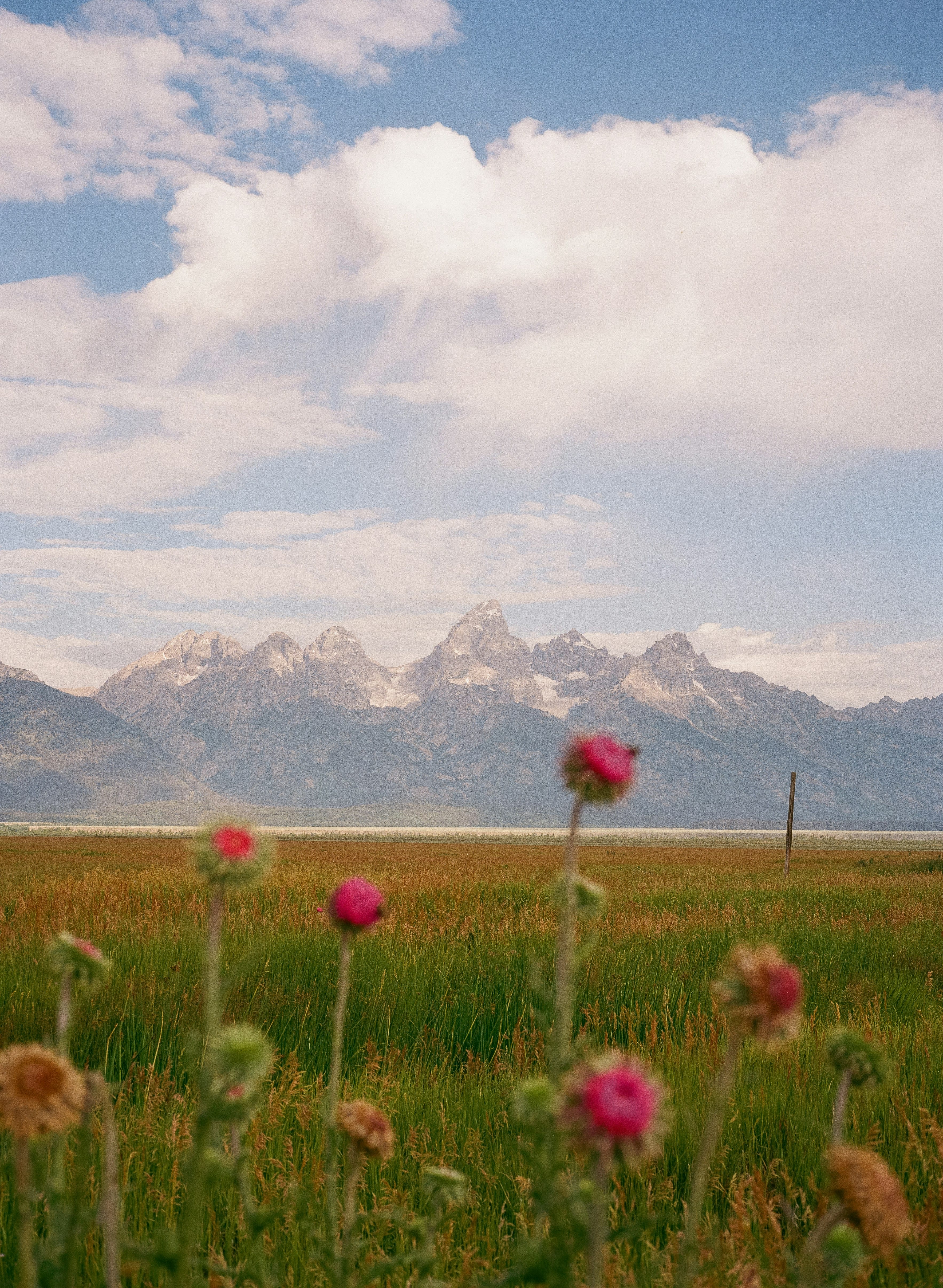Mysteries of the Grand Canyon
The geological wonder holds many insights on ancient Earth—but poses questions, too.

MASON FIELD
The Grand Canyon could be seen as a great open-air laboratory, demonstrating the power of erosion. With the Colorado River still at work deep below the rims, the canyon's many strata of rock trace our planet's geological history back millions—even billions—of years. And yet this book of ages still contains a few notable loose ends.
CANYON AGE The figure of 5 or 6 million years is cited most often. But technically, this refers to the age of the modern Colorado River. How does one define when the Grand Canyon began? Ancestors of the river could have carved significant parts of the canyon’s depth or length. The modern river has deeply carved the canyon, certainly, but some parts of the gorge must have been formed before the Colorado’s advent.
ONGOING UPLIFT Earthquakes, although relatively rare and small, do occur here,a nd may hint that uplift is still occurring. Lava flows that erupted within the last 1 million years in western Grand Canyon indicate that upwelling heat may exist beneath that portion of the canyon, causing uplift. But the process may be too slow to confirm.
THE FUTURE The Colorado River has the potential to carve deeper into the landscape, making the Grand Canyon yet more spectacular. But if deepening should cease, the canyon may become wider, causing it to become less steep. Whether the canyon becomes deeper or wider in the future cannot be known.

The Great Unconformity
The Great Unconformity was named by seminal explorer and scientist John Wesley Powell, after his historic navigations of the Grand Canyon in 1869 and 1871. An apt metaphor for the canyon’s most-discussed geological curiosity: a great book, with pages mysteriously ripped out, leaving key chapters missing. In any “unconformity,” rock layers expected according to geology’s epochal sequence are missing. (Thus, the term describes something that is not there–an oddity, to be sure.) It is found (or ... not found) along a horizon, where the underlying, deeply ancient crystalline rocks of Vishnu Schist and Zoroaster Granite come in direct contact with the overlying Tapeats Sandstone. The difference in age between the two adjoining rock units is about 1,200 million years; they touch only where the Grand Canyon Supergroup, ordinarily bridging the age gap, completely eroded away in ancient times.

Field Guide
Grand Canyon National Park
America's most iconic landscape with guidance and insight from leading experts on geology, flora, fauna, history, culture and outdoor pursuits of all kinds.





